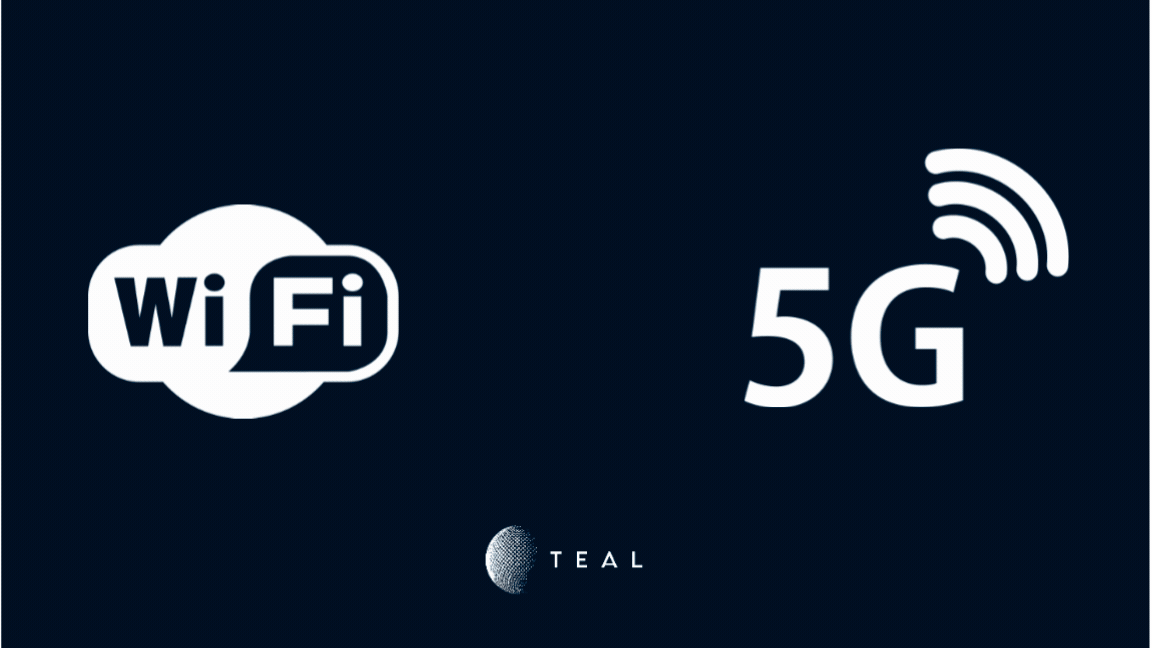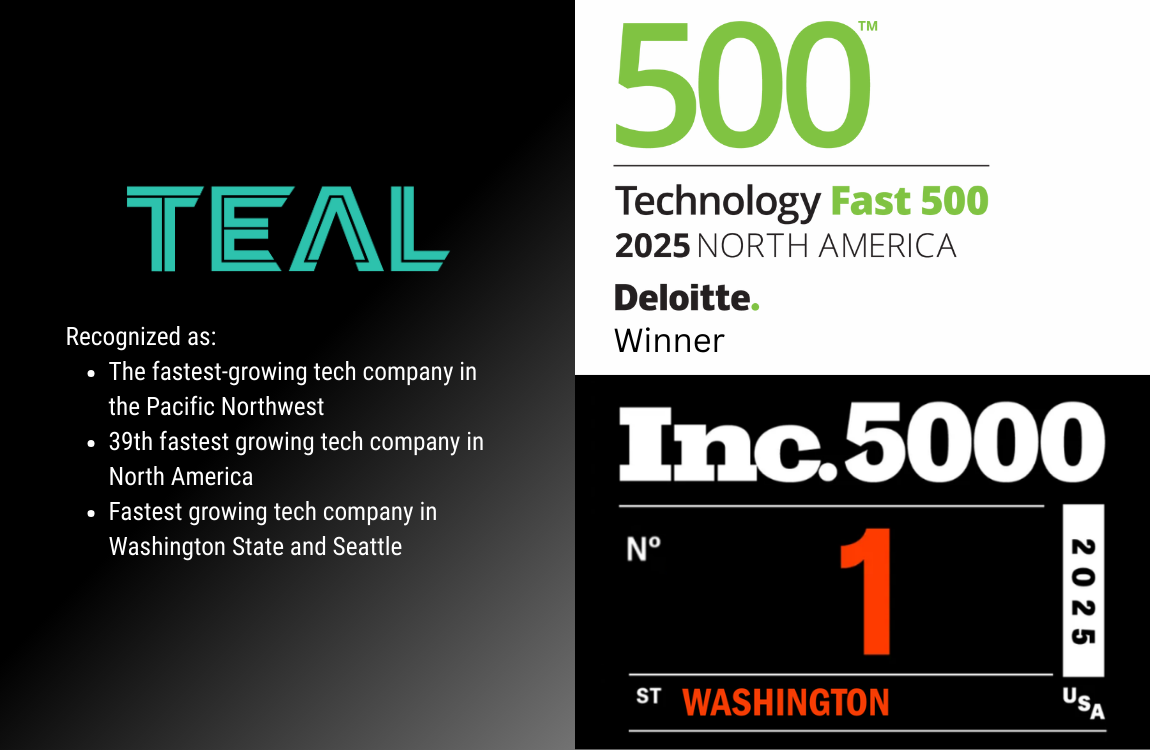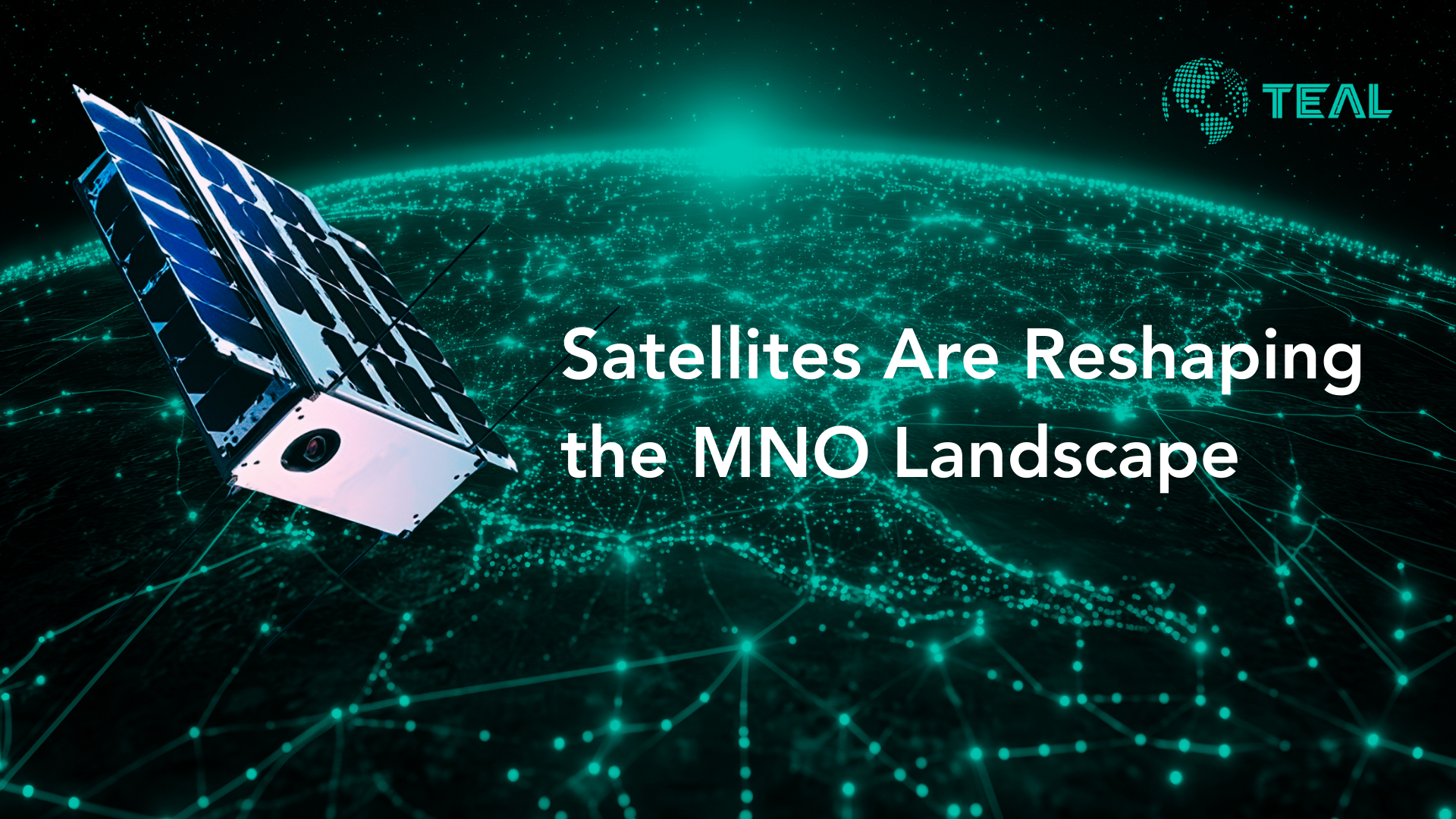Will 5G Ever Win Over WiFi?

Both 5G and WiFi promise lightning-fast speeds and seamless connectivity and the battle for dominance between these two wireless technologies has captured the attention of the tech community and IoT innovators globally.
The Impact of 5G on IoT Applications
One of the standout features of 5G technology is its remarkable ability to support a massive number of connected devices simultaneously. This makes it particularly ideal for Internet of Things (IoT) applications, where numerous devices need to communicate seamlessly.
Why 5G is a Game-Changer for IoT
5G technology brings several critical benefits that are set to revolutionize IoT applications:
- Unprecedented Device Connectivity: 5G can handle a vast array of connected devices—more than any previous generation of mobile technology. This is crucial for IoT environments, which often rely on multiple sensors and smart devices working in harmony.
- Higher Bandwidth and Speed: With more available megahertz, 5G offers significantly higher bandwidth and faster speeds. This ensures that data from IoT devices is transmitted swiftly and efficiently, enabling real-time analytics and quicker decision-making.
- Low Latency: One of the most significant advantages of 5G is its ultra-low latency. For IoT applications that require instant communication—such as autonomous vehicles or remote medical procedures—this feature is indispensable.
While 5G technology does offer faster connection speeds and lower latency compared to traditional Wi-Fi networks, it is unlikely to fully replace Wi-Fi in the near future.
“5G might be better, but it’s going to be an uphill battle requiring the positioning, the marketing, the teaching, the education of the user. A lot of times familiarity wins over something that’s better. Everybody on the planet has a WiFi access point or router in their house, every company on the planet has APs (access points) everywhere,” said Rob Tiffany, bestselling author, podcast host, tech influencer.
Wi-Fi technology, also known as Wireless Fidelity, enables devices such as smartphones, laptops, and smart home devices to connect to the internet wirelessly through a local area network. This technology operates within the 2.4 GHz or 5 GHz radio frequency bands and is commonly used in homes, businesses, and public places.
So where does 5G win over WiFi? It starts in the areas that already have problems with WiFi. Wi-Fi networks provide coverage for smaller areas and are more cost-effective for home and office use. Conversely, 5G offers broader coverage and is better suited for outdoor and mobile applications. Both technologies have their own strengths and will likely continue to coexist to meet different connectivity needs.
“Cellular has a place but you’ll need to get the operators or the spectrum holders to cough up the bands. I think 5G is definitely the future because the theoretical capacity of all the bands that the operators own and the way that cellular technology is able to connect many more devices than WiFi can because of how the channels are distributed and how many access keys you can store at one time. 5G definitely makes sense, we’re just not there yet,” said Robby Hamblet, CEO of TEAL.
Unquestionably, 5G technology offers unparalleled speed and bandwidth capabilities, providing faster data transfer rates compared to traditional Wi-Fi connections. With 5G, users can experience lightning-fast download and upload speeds, making it ideal for cellular IoT, especially high-data use cases.
The enhanced network performance and reliability of 5G will pave the way for high-data IoT use cases such as autonomous vehicles and robots, beyond visual line of site (BVLOS) drones, connected health care, video surveillance and industrial IoT. Today we’re surrounded by 17 billion connected “things” and as more and more devices are connected, 5G technology will emerge as the winner over WiFi, providing seamless and ultra-fast connectivity to meet the growing demands of our increasingly connected world.
For enterprises deploying IoT solutions onto the worlds leading 5G networks, the autonomy and flexibility provided by true eSIM technology are unparalleled. It has transformed global device connectivity across multiple sectors by ensuring reliable, hassle-free connections for both manufacturers and users. TEAL’s wholly owned eSIM platform enables IoT companies to innovate and expand rapidly without depending on third parties, accelerating their time to market. Companies aiming to eliminate costly roaming charges now have a superior solution with TEAL’s eSIM technology, offering a streamlined platform for connecting IoT devices to 5G networks effortlessly.
TEAL’s OneChip eSIM cards provide native connectivity onto America’s three tier-1 carrier networks, with additional native support for carriers in Canada, the UK, and the EU, and Mexico. This translates to the same experience as if you had a T-Mobile, Verizon, AT&T or other leading SIM in your device, offering superior performance compared to roaming or using data centers not operated by these carriers. Get access to thousands of data networks worldwide at the click of a button with TEAL.
Find out how TEAL’s eSIM solution can enable unparalleled access to leading global 5G networks. Book a meeting with a TEAL expert today.
Want to learn more about the emergence of 5G technology? Check out our podcast featuring tech influencer, Rob Tiffany and TEAL CEO, Robby Hamblet here: https://tealcom.io/iotconnect/
TEAL is more than just an eSIM solution. We are pioneering a new future by connecting the things that help to make the world a more productive, efficient, more affordable and happier place, one device at a time. We will be surrounded by trillions of connected devices and our vision is to enhance lives by democratizing access to mobile networks everywhere. We are connecting as many devices to as many networks as possible by bridging connections that previously did not exist. Every connection enabled by TEAL is one more step towards creating a better life experience for all humankind.
Recent Posts
CES 2026: The Connected Future, Through TEAL’s Lens
Teal Communications Staff2025-12-18T18:58:56+00:00
The Fastest Growing Company in the PNW isn’t an AI Startup… it’s TEAL
Teal Communications Staff2025-12-10T20:43:23+00:00
The Sky is the New Cell Tower: Satellites Are Reshaping the MNO Landscape
Teal Communications Staff2025-12-09T21:28:24+00:00




